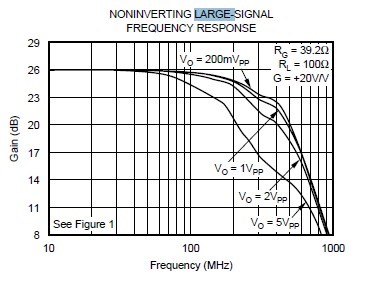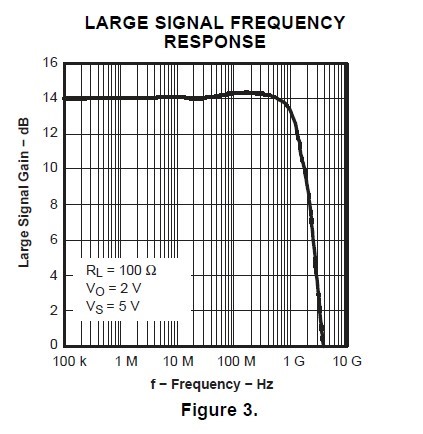Dear,
We would like to design an amplifier circuit under conditions:
- Gain: +20
- Input signal: 50mV~1V with pulse width is ~10ns. Input can include a single pulse or some consecutive pulse.
Considering the problem, we have chosen some high-speed amplifier models:
THS4001 - www.ti.com/.../getliterature.tsp
THS3001 - www.ti.com/.../THS3001
OPA847 - www.ti.com/.../opa847.pdf
However, the shape of output signal did not maintain the input one as the falling edge of output slowly changed while falling edge of input is stiff.
My questions are:
- What is the amplifier chip that is suite to our application?
- Is there any reference circuit that satisfies the given conditions?
Thank you very much.
Regards,
Truong




